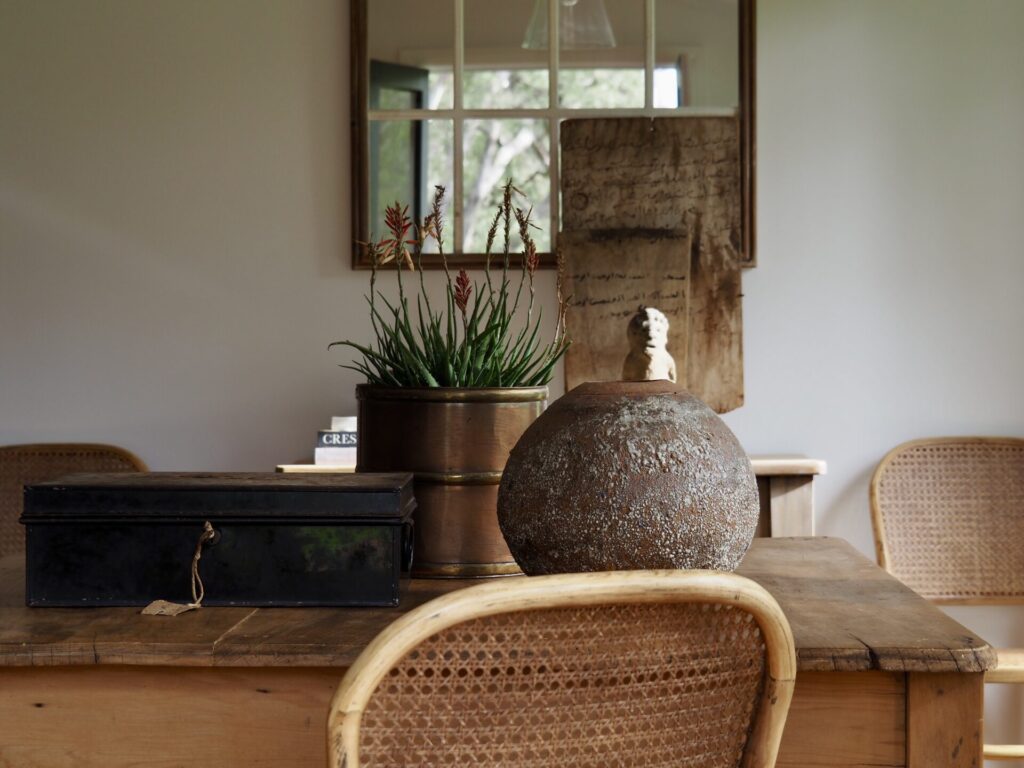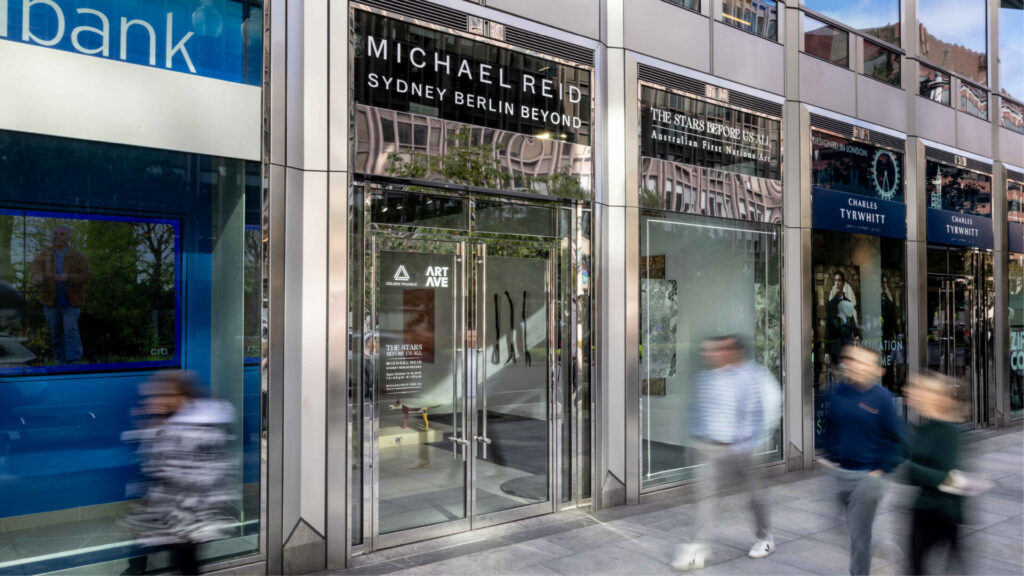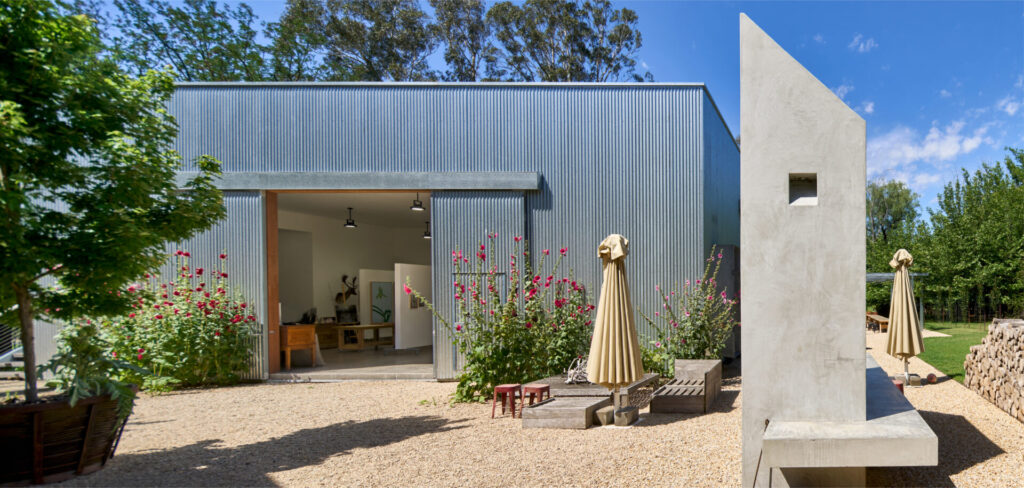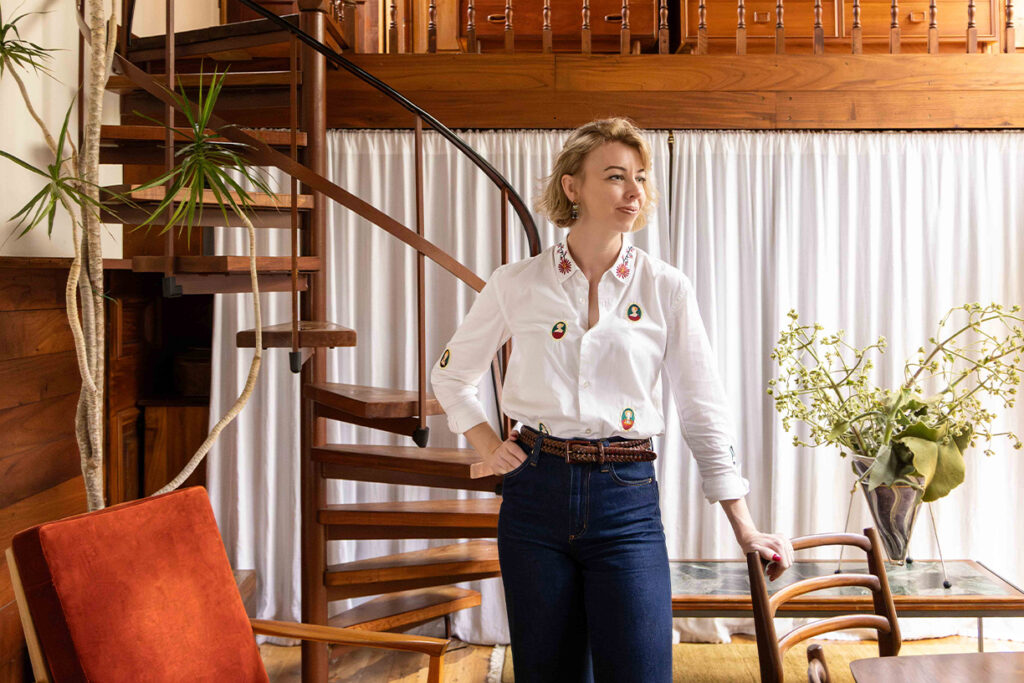Goonoo Goonoo Station
Let’s get this one out of the way straight away — and residents of Murrurundi will relate to this, as it’s often a subject of hot debate amongst first-time visitors. “The most widely accepted version of Goonoo Goonoo is gunna-goo-noo, but honestly we have heard a lot of interpretations,” explains Sarah Haggarty patiently, who with her husband Simon, are part of the family behind the revival of this historic sheep station. The name means ‘running water” in the language of the Gamilaraay, the language of the local First Australians. Today, the 4000 hectares just 25 kilometres south of Tamworth, NSW, have been transformed into luxury accommodation.
Here, we ask Sarah a few questions about the award-winning restoration.
What were your first impressions of Goonoo Goonoo?
Our first visit was in October of 2011. I was overwhelmed by the scale of the property, and the terrible state of repair that every building was in. I remember that The Inn had no floor and had plants growing inside, and that the Chapel was so rotten and full of junk that you were unable to get more than 6 feet from the door. I think that on the first visit we didn’t really get a good grasp on what was possible, it was more a case of simply trying to understand the buildings and their relationship to each other.
The restoration was such a massive project. Did you realise that when you first took it on?
It was! I don’t think anyone involved realised the scale of the project. Due to the volume of buildings and the size of the building team at this point, we focused on the Homestead and the Office. I think that as we neared the halfway point of completion on the Office, we started to really finalise the plans for the inner staff buildings, the Butchers Shop, the Stone Store and the Inn, and at this point realised we still had half a dozen more buildings to go, along with the construction of the brand new restaurant building, and the remediation of the Woolstore which took over 12 months on its own.
In terms of process, we focused initially on how we wanted the final property layout to work from a functional point of view. Once this was determined and locked in, we focused on on finalising plans and finishes for each building, before moving onto the next. This way we were not spread too thin at any point, and could ensure that the quality was maintained throughout.
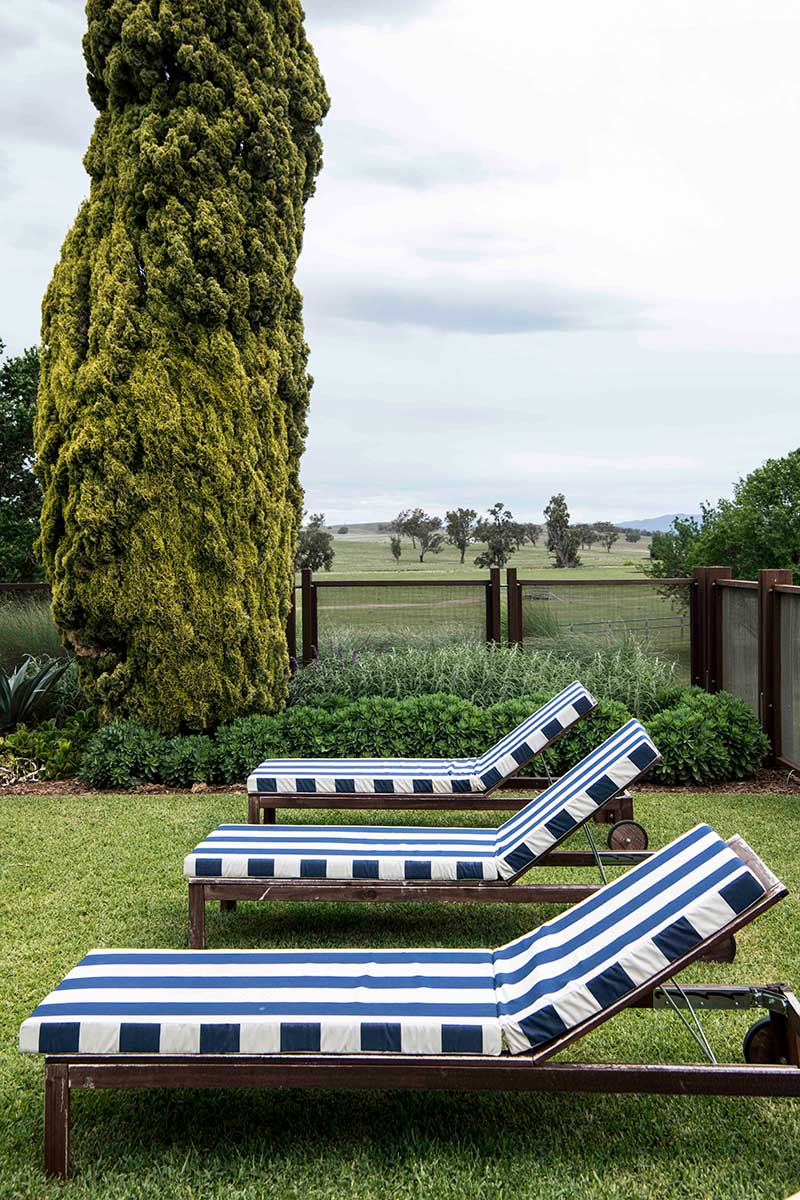
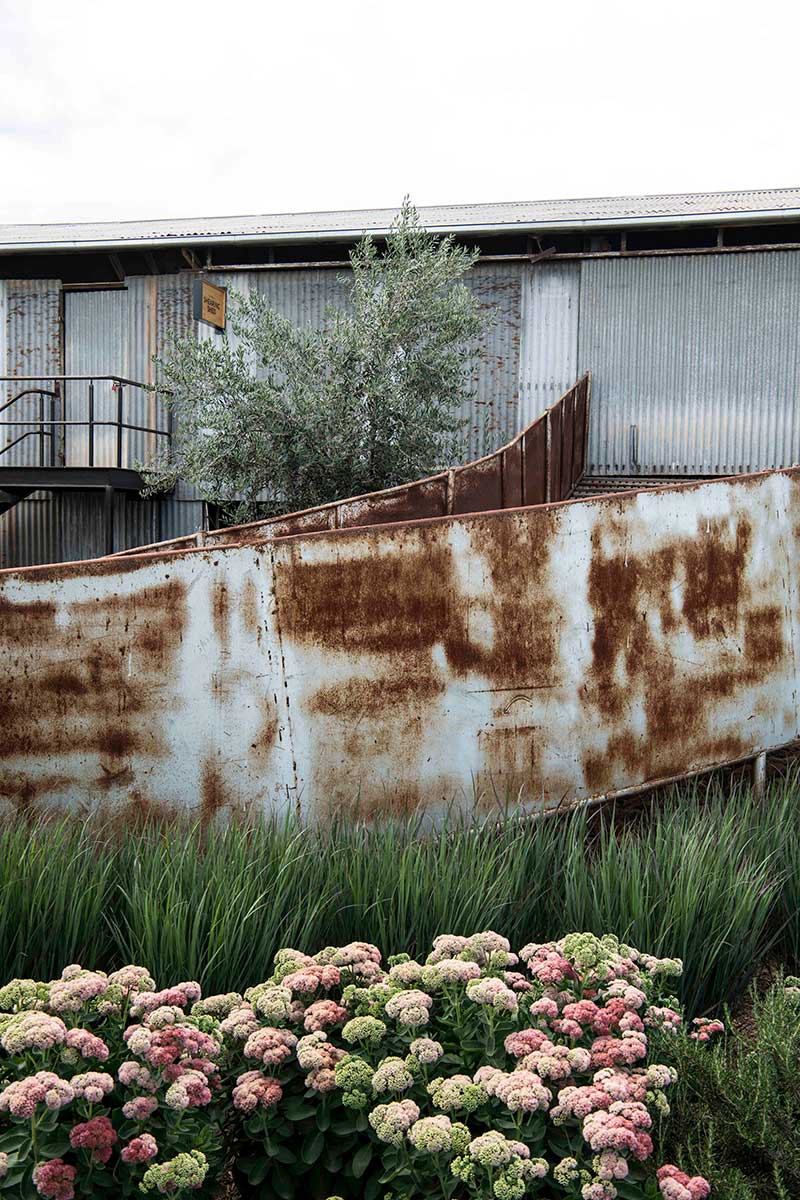
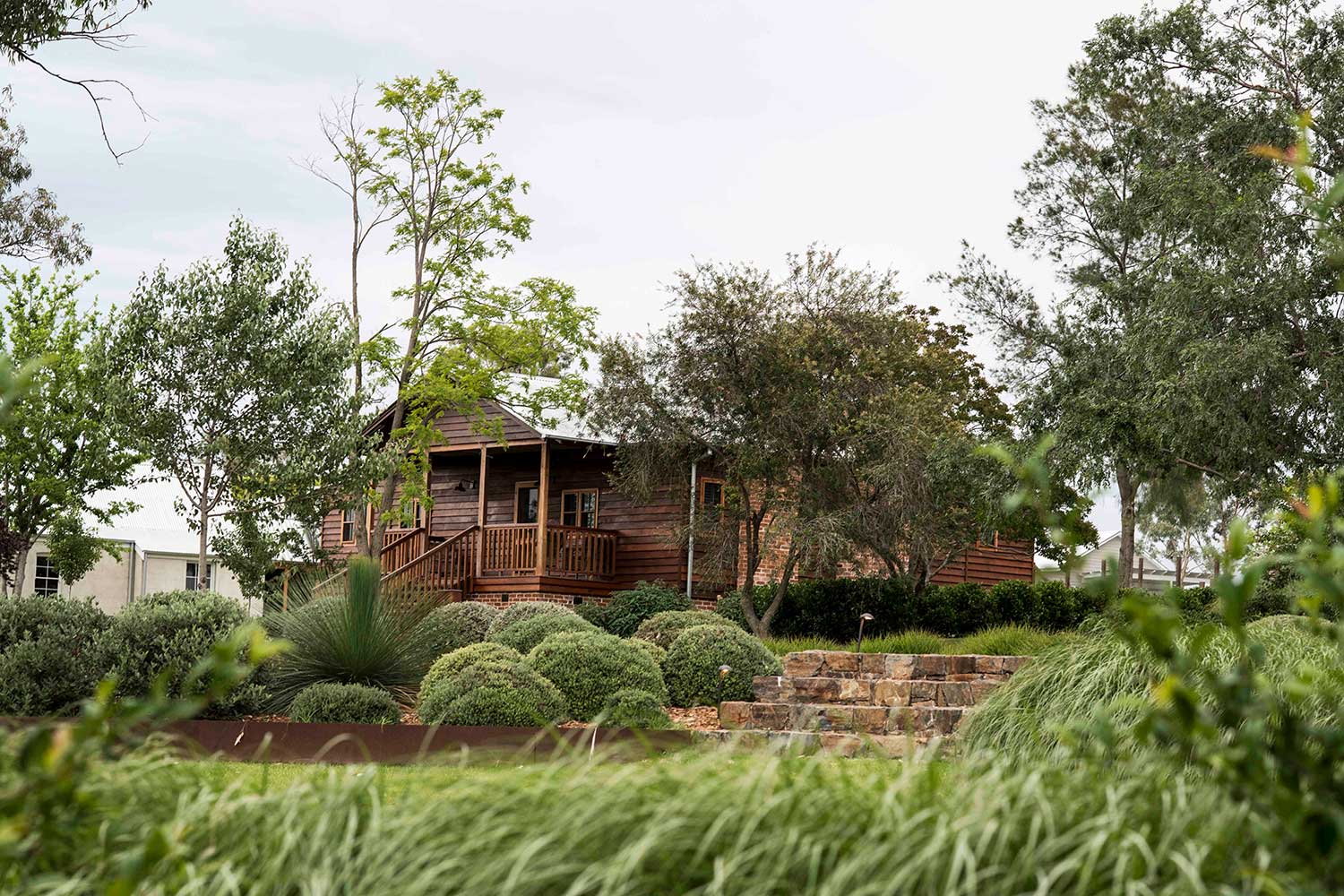
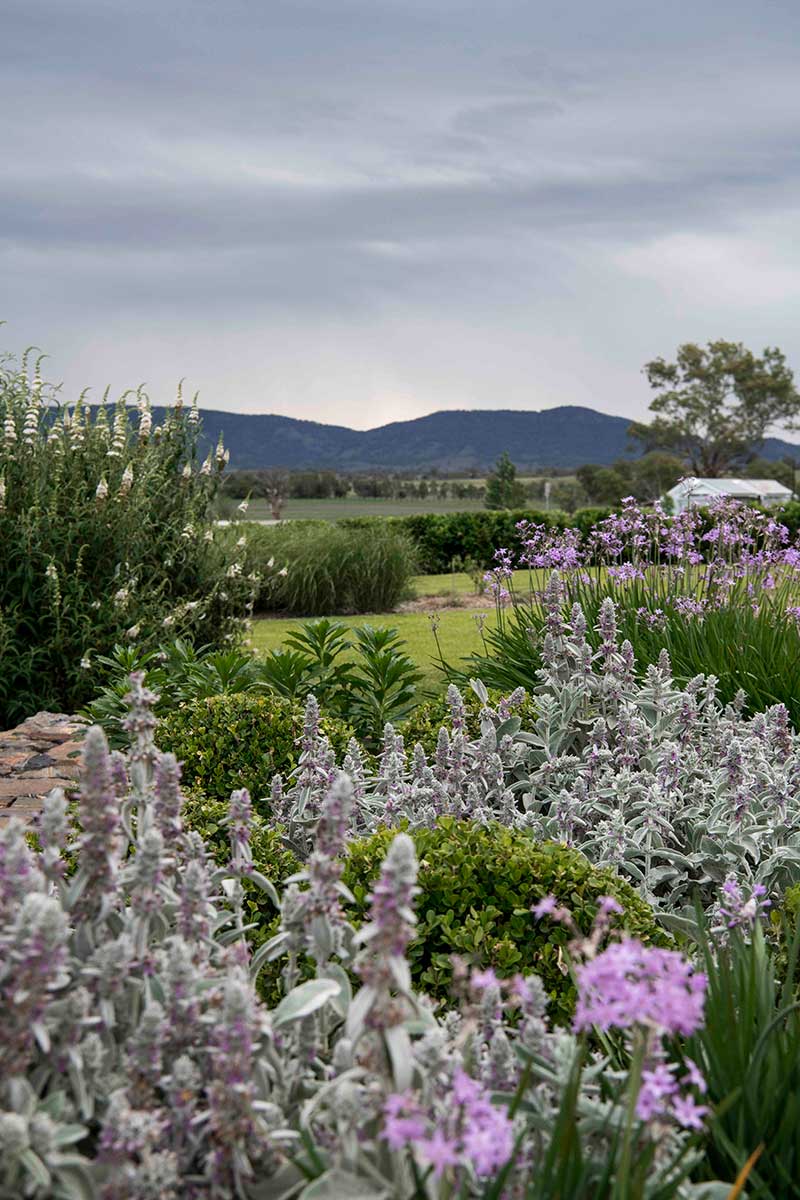
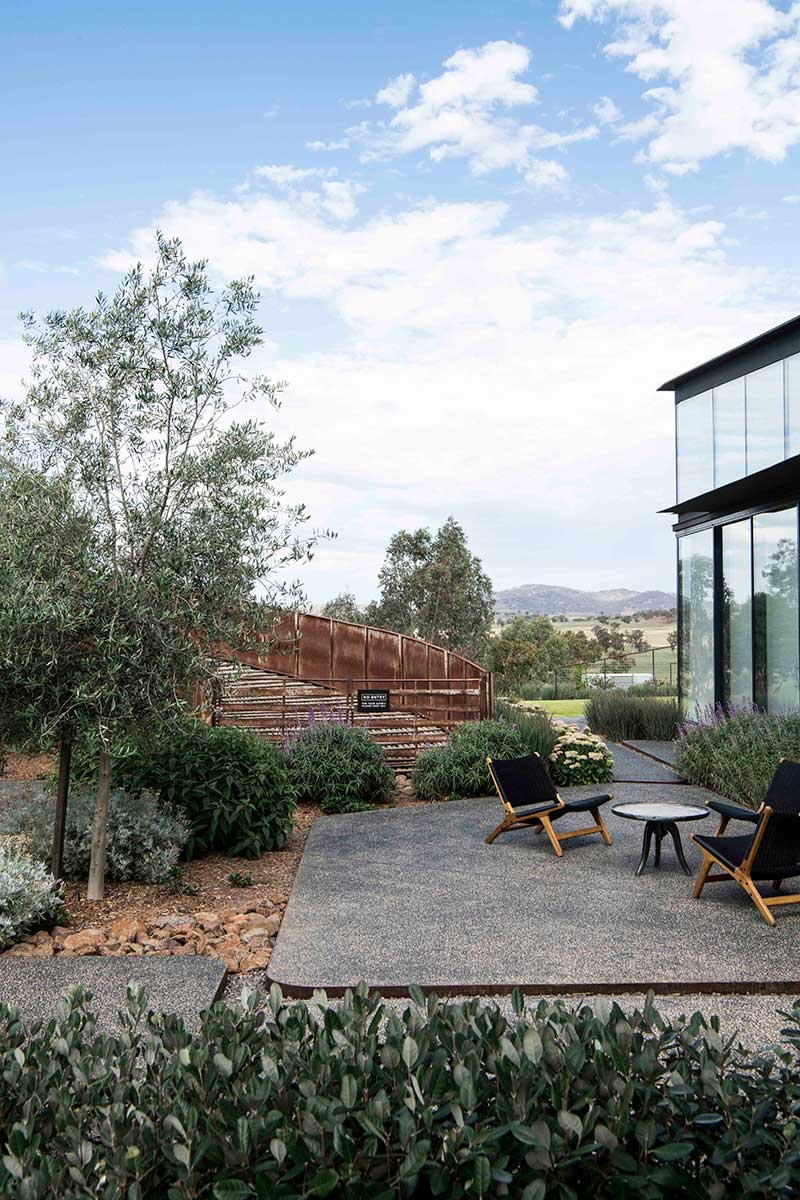
What were the highs and lows?
I would say the highs were the completion of each building, and also walking through the Village on days off when there was no-one around, being able to really appreciate the spaces as they came back to life. The lows through the construction would definitely have included the incessant rain. There was no roads or pathways, and the clay that is found all over the property would stick to your shoes and make it a chore to simply walk around.
Any surprising discoveries during the restoration?
We found the original hymn books and Sunday school records in the Chapel from the 1950s-60’s. These were made even more interesting as we actually became friendly with one of the families who used to live at GGS and their names were in the book!
We also found old envelopes and other historic scraps of paper that had been stuffed in holes behind window frames and the like in an effort to keep the wind out! Unfortunately when the property was sold in 1985, the vast majority of original furniture, fittings etc was sold in a clearing sale. Luckily some of the staff at the time used their own money to buy some items and kept them on site.
What do you love about the time you have spent at GG? I love the Village garden. It is so peaceful to walk around, particularly on an early morning and view the buildings from the outside. It really gives a sense of what the property used to be, and how the buildings related to each other.
What’s your day like when you are there? A typical day would include staff meetings, visiting the restaurant to hopefully sample some new ideas, a trip into town to collect odd supplies, phone calls with suppliers, and a fair bit of time on the computer, making sure everything is running smoothly. Most of my time is spent wandering around, talking to the staff and guests, making sure that standards are being met and that our customers are having the best experience possible.
For more information, visit goonoogoonoostation.com
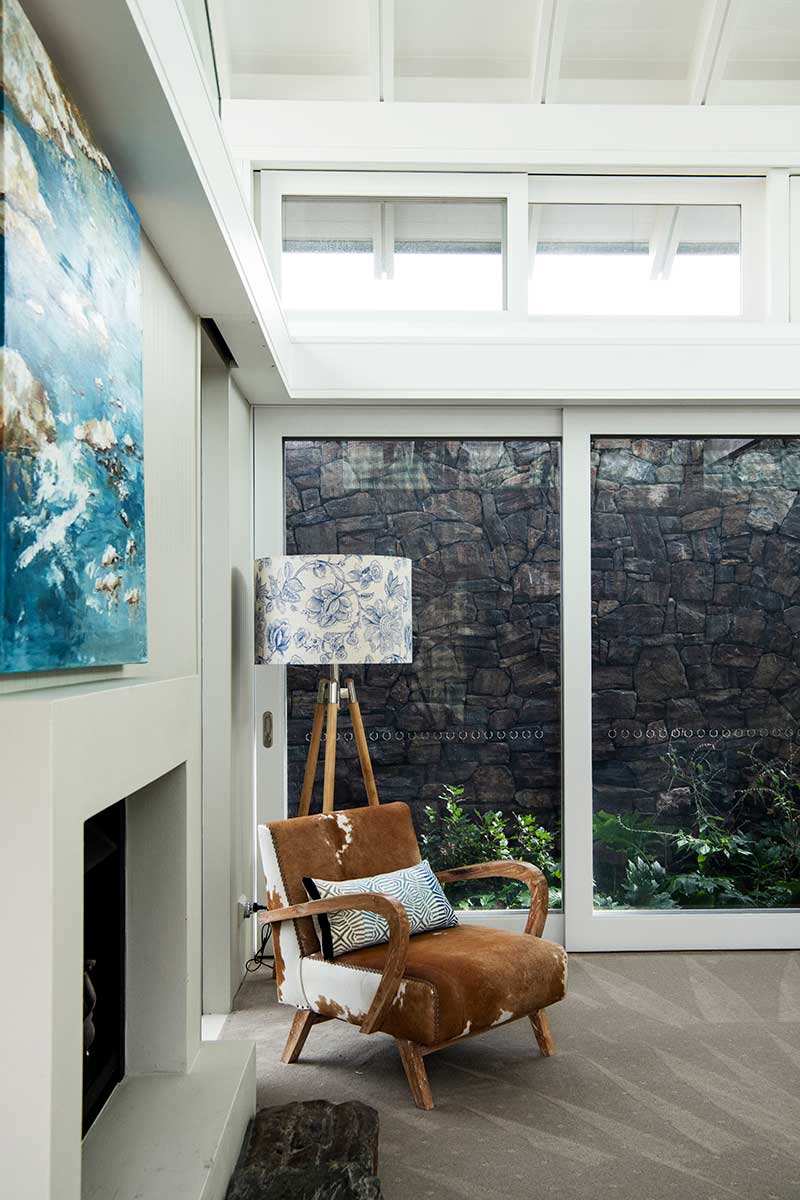
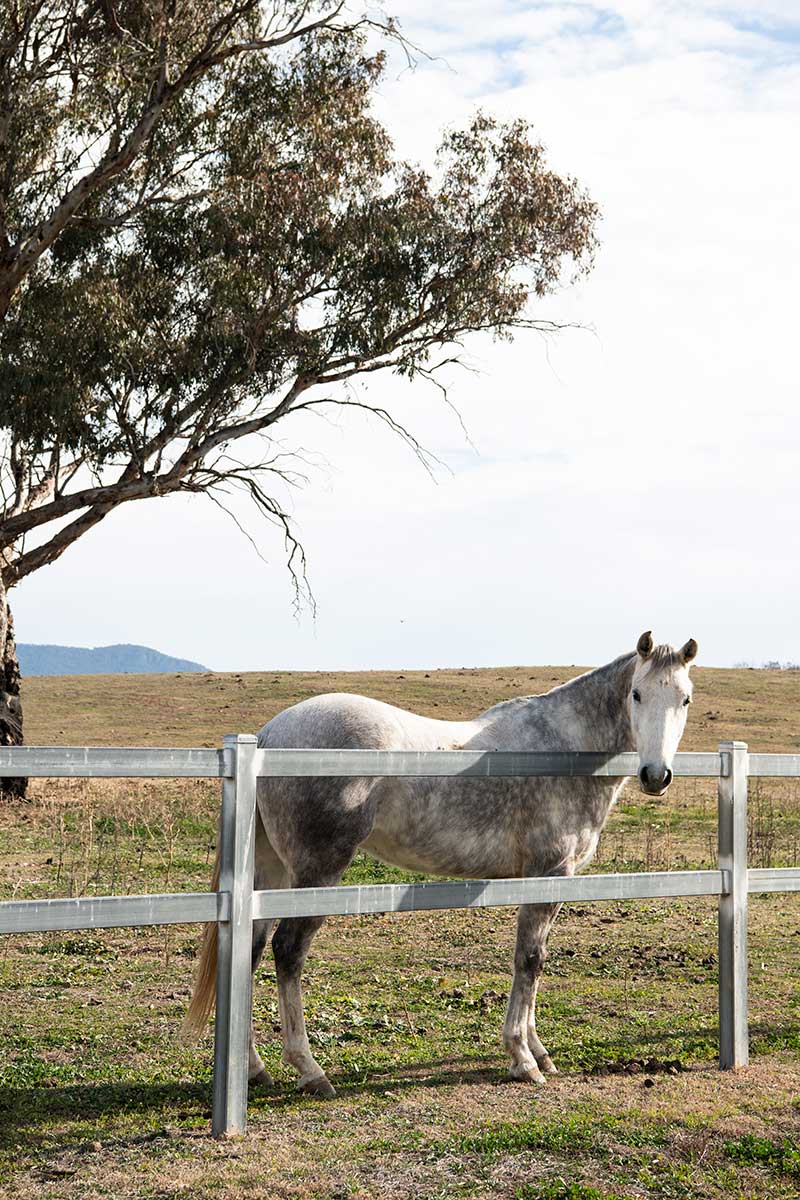
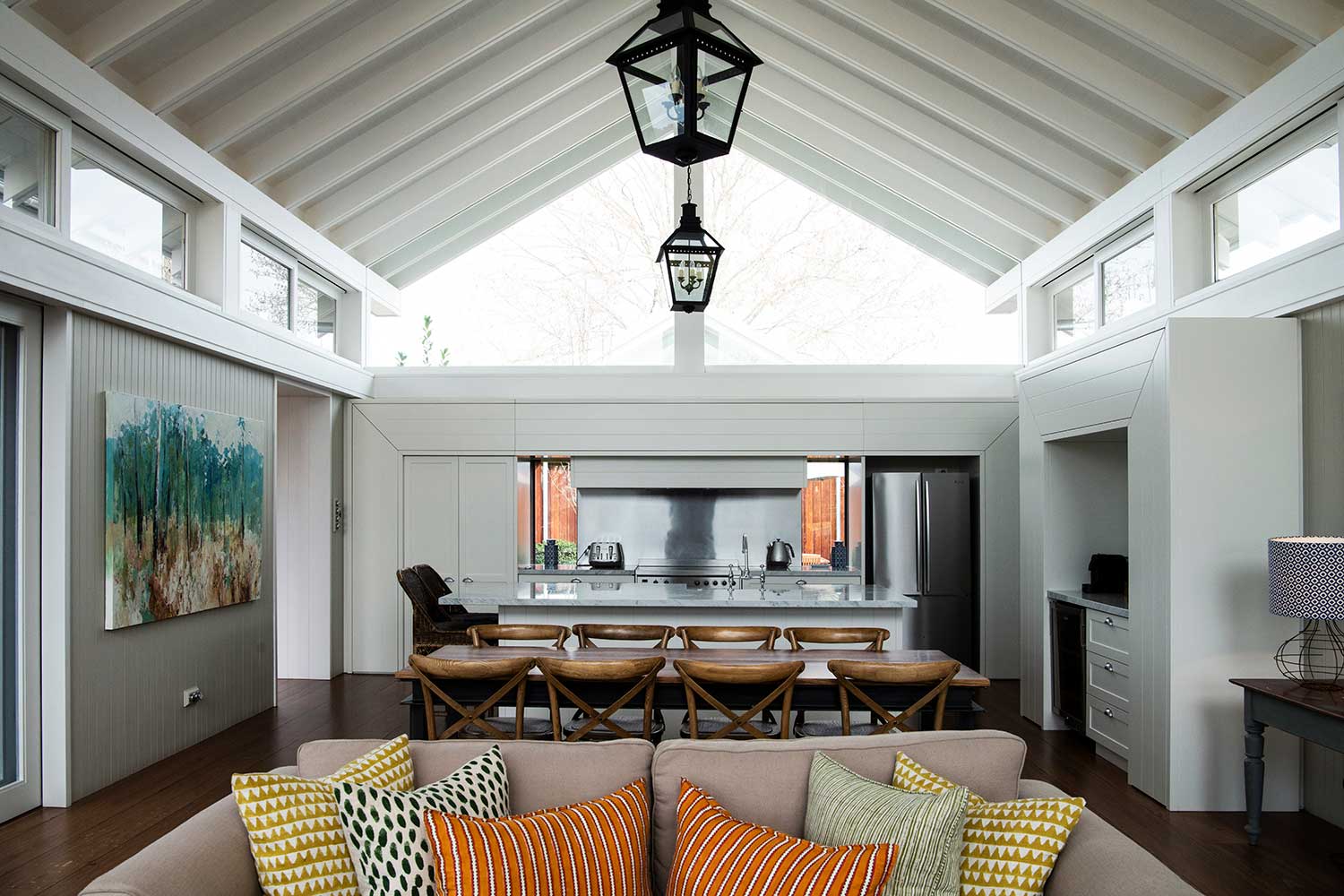
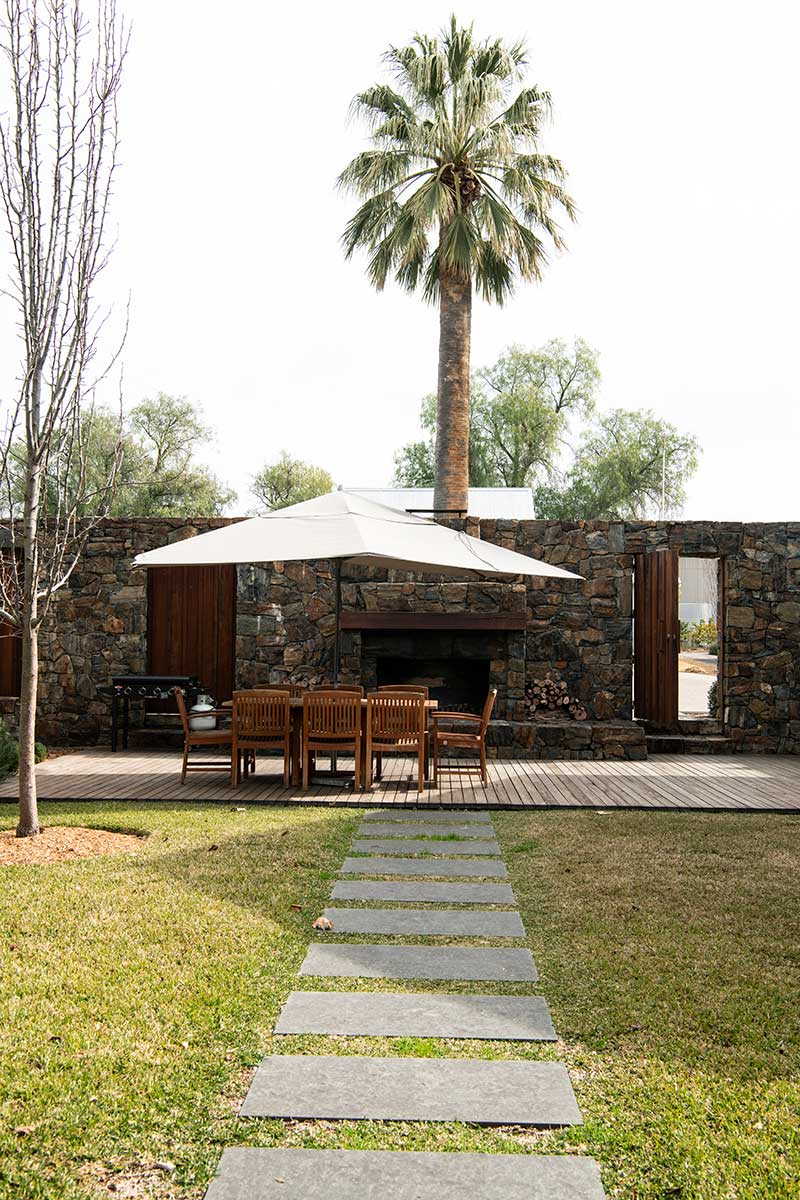
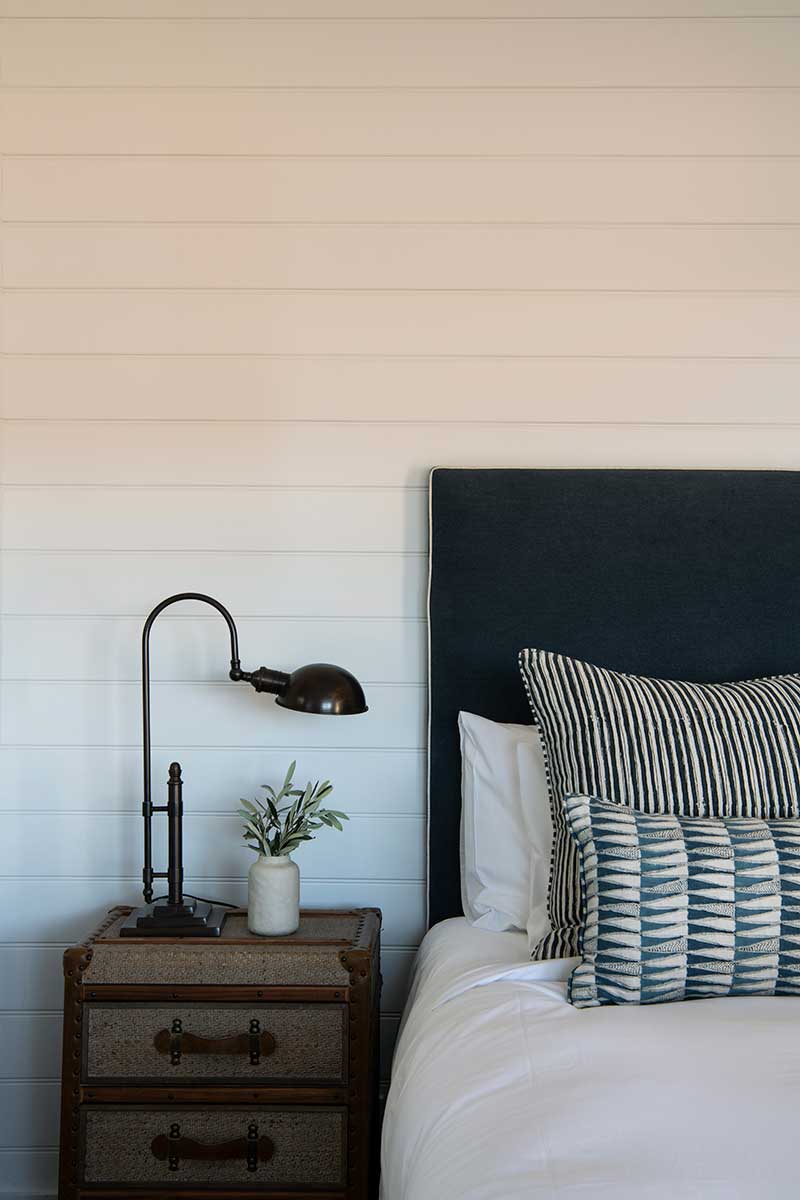

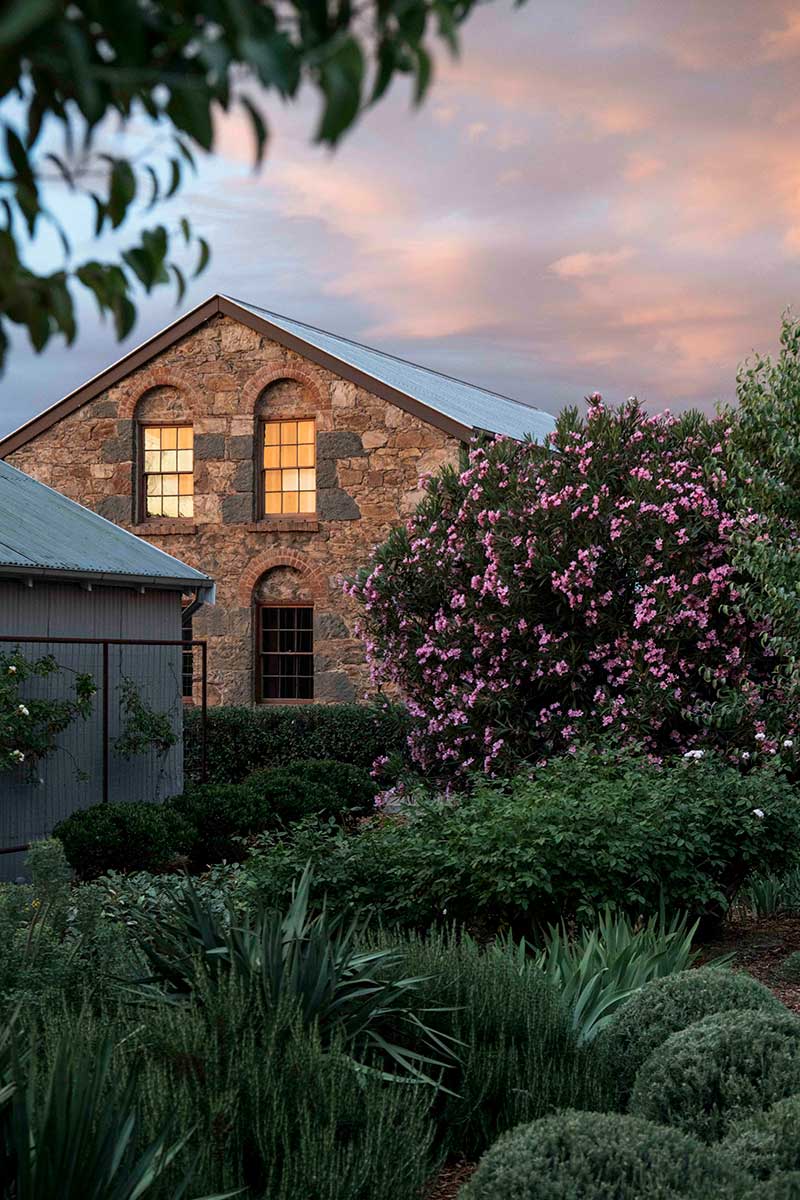
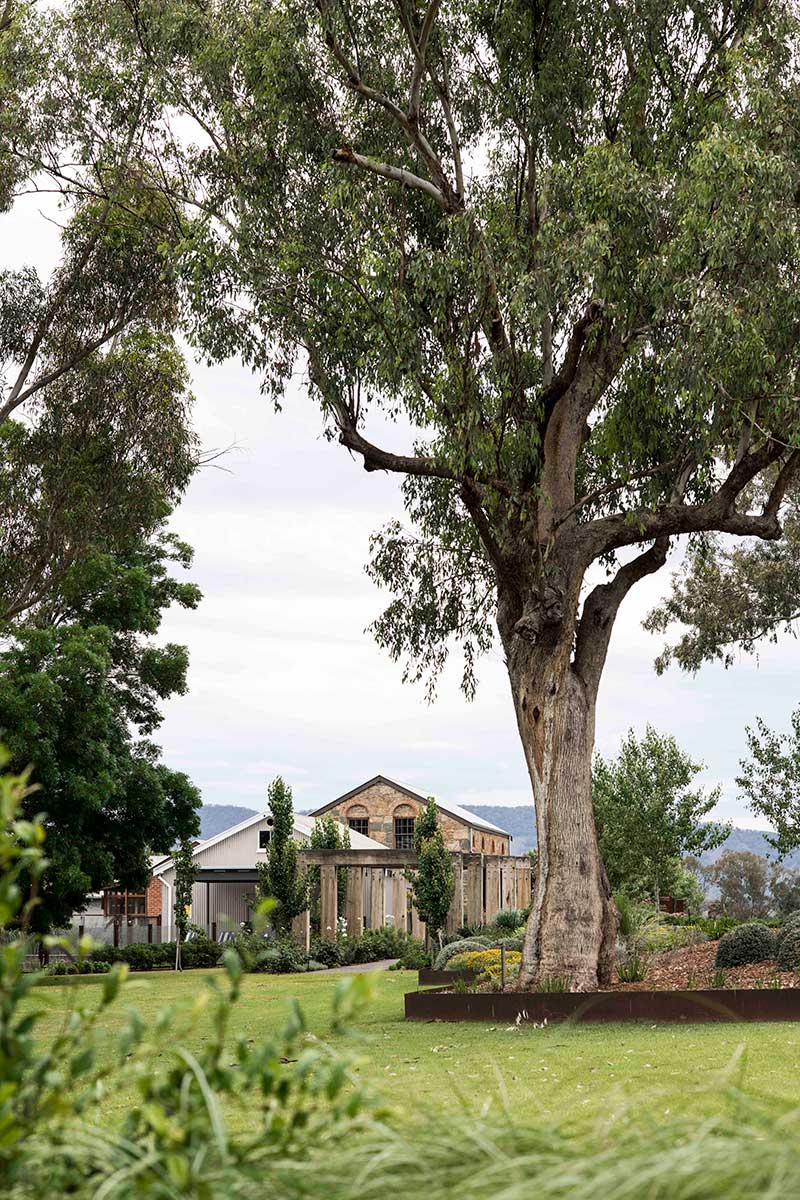
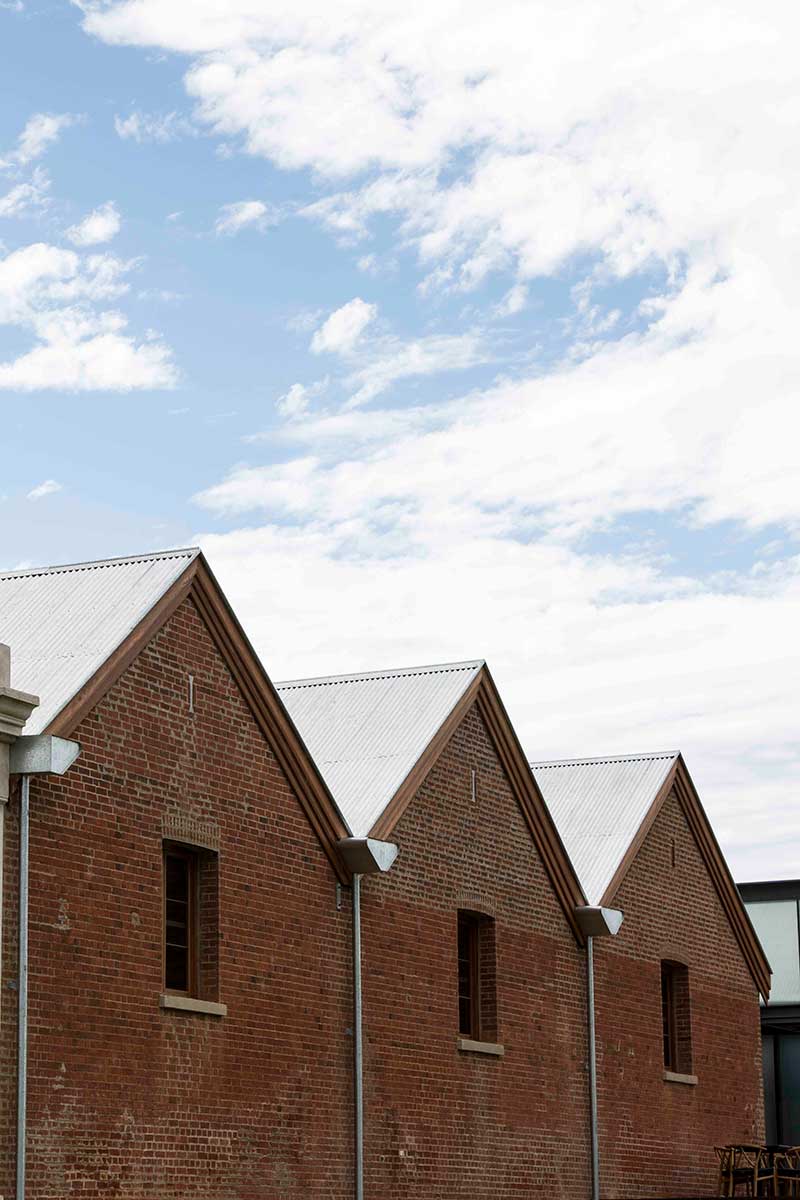
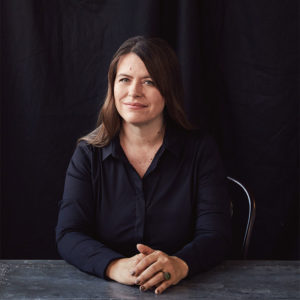
Victoria Carey
Currently COVID restrictions are keeping this writer off the road, but a visit to Goonoo Goonoo for a walk around the gardens is on the top of her wish list. “I have followed the restoration of Goonoo Goonoo closely for many years now and it is very inspiring to see what the Haggartys have achieved,” she says. “It’s rare to see something done so well.”
- XXXVIII LA Story by Michael Reid OAM April 2024
- XLIX Paddy’s Cottage November 2025
- XLVIII Washington DC by Michael Reid OAM November 2025
- XLVII The Outdoor Fireplace at Murrurundi by Michael Reid OAM October 2025
- XLVI Amelia Zander of Zander & Co. July 2025
- XLV Marlie Draught Horse Stud by Michael Sharp June 2025
- XLIV Trump Engulfed the Fires by Michael Reid OAM February 2025
- XLIII Newcastle by Jason Mowen October 2024
- XLII The Business of Gardening by Michael Reid OAM September 2024
- XLI Carly Le Cerf by Sarah Hetherington August 2024
- XL Pecora Dairy by Michael Sharp July 2024
- XXXIX Joseph McGlennon by Michael Reid OAM May 2024
- XXXVII Julz Beresford by Michael Sharp March 2024
- XXXVI Sydney Contemporary by Jason Mowen February 2024
- XXXV The US of A by Michael Reid OAM December 2023
- XXXIV Scone Grammar School’s principal Paul Smart by Victoria Carey November 2023
- XXXIII AgQuip by Jason Mowen October 2023
- XXXII Tinagroo Stock Horse’s Jill Macintyre by Victoria Carey September 2023
- XXXI The Old Gundy School House by Victoria Carey August 2023
- XXX Annette English by Victoria Carey July 2023
- XXIX The Ghan by Jason Mowen June 2023
- XXVIII All in the family: The Arnotts May 2023
- XXVII A Capital Plan by Jason Mowen March 2023
- XXVI Mandy Archibald March 2023
- XXV Paul West February 2023
- XXIV The Other Newcastle by Jason Mowen January 2023
- XXIII Mount Woolooma Glasshouse at Belltrees December 2022
- XXII Murrurundi to Matino: with Jason Mowen November 2022
- XXI James Stokes October 2022
- XX Adelaide Bragg September 2022
- XIX Tamara Dean August 2022
- XVIII Going home: Angus Street July 2022
- XVII Belltrees Public School June 2022
- XVI A Road Trip on the New England Highway May 2022
- XV David and Jennifer Bettington: from horses to houses April 2022
- XIV Denise Faulkner: Art of the Garden March 2022
- XIII Childhood memories: Willa Arantz February 2022
- XII Riding ahead: Giddiup January 2022
- XI Ingrid Weir’s rural life December 2021
- X Life by design: William Zuccon November 2021
- IX Life on the land: The Whites October 2021
- VIII Goonoo Goonoo Station September 2021
- VII Murrurundi: a garden playground August 2021
- VI Pat’s Kitchen July 2021
- V A creative life: Charlotte Drake-Brockman June 2021
- IV Magpie Gin May 2021
- III The Cottage, Scone April 2021
- II At home with Jason Mowen March 2021
- I A town that performs February 2021















